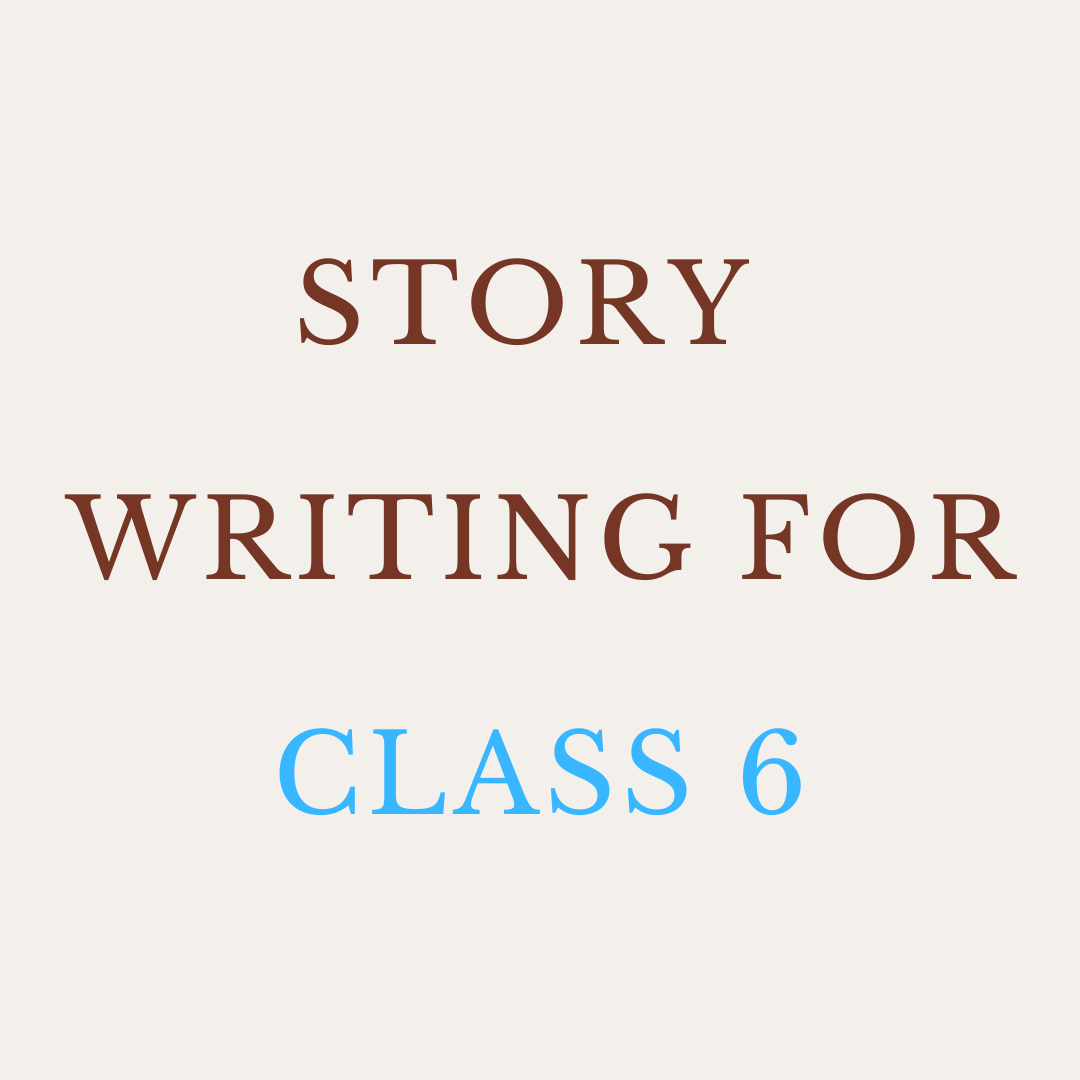Story writing for Class 6 students is a vital skill, encouraging creativity and enhancing language abilities. This guide will cover various aspects of story writing, including topics, hints, outlines, questions, and examples with morals. Additionally, worksheets and exercises with answers will help students practice their skills.
Story Writing for Class 6
Story writing for class 6 involves:
Creating a narrative with a clear beginning, middle, and end. It should capture the reader’s attention and convey a coherent plot. Students in Class 6 are encouraged to develop stories that include vivid characters, settings, and conflicts.
Story Writing Topics for Class 6
List of 10 story writing topics for class 6:
- A Day at the Beach
- The Mysterious Island
- My Adventure in the Forest
- The Lost Treasure
- A Magical Journey to the Past
- The Day I Became a Hero
- An Unexpected Visitor
- A Day Without Electricity
- The Secret in the Attic
- The Talking Animal
Story Writing with Hints for Class 6
Here are a few examples of Story Writing with Hints for Class 6:
- The Haunted House: Strange noises, dark night, friends exploring, unexpected discovery.
- The Brave Little Rabbit: Forest adventure, danger, quick thinking, new friends.
- The Lost City: Old map, hidden clues, ancient ruins, surprising truth.
Story Writing with Given Outline for Class 6
Here’s an example of Story writing with given outline for class 6:
Title: The Adventure of Timmy the Turtle
- Introduction: Timmy the Turtle lives in a pond.
- Rising Action: Timmy decides to explore the world beyond the pond.
- Climax: He faces challenges and meets new friends.
- Falling Action: Timmy learns valuable lessons.
- Conclusion: Timmy returns home, wiser and happier.
Story Writing Questions for Class 6
5 must story writing questions for class 6:
- What is the main conflict in your story?
- Who are the main characters, and what are their roles?
- How does the setting influence the story?
- What moral or lesson does the story convey?
- How does the story conclude?
Story Writing with Pictures for Class 6
Using pictures can inspire creativity. Students can write a story based on an image. For example, a picture of a deserted island can lead to a story about survival and discovery.
Story Writing Examples for Class 6
Story writing Example for class 6: The Brave Little Rabbit
Once upon a time in a lush green forest, there lived a brave little rabbit named Ruby. One day, while exploring, Ruby heard a strange noise. Curious, she followed the sound and discovered a trapped bird. Using her sharp mind, Ruby quickly gathered sticks and helped the bird escape. The bird thanked Ruby and became her lifelong friend. Ruby learned that bravery comes in all sizes.

Story Writing for Class 6 with Moral
Story Writing for Class 6 with Moral Title: The Honest Woodcutter
In a small village, there was an honest woodcutter named Ravi. One day, while cutting wood by the river, his axe slipped and fell into the water. Despondent, he sat by the riverbank. Suddenly, a fairy appeared and offered him a golden axe. Ravi refused, saying it wasn’t his. Impressed by his honesty, the fairy returned his axe along with the golden one. The moral of the story is that honesty is always rewarded.
Story Writing for Class 6 Worksheets and Exercises with Answers
Story writing for class 6 Worksheet 1: Story Completion
Instructions: Complete the story based on the given beginning.
Beginning: It was a dark and stormy night when Sam heard a knock on the door…
Exercise Answers: Encourage students to write an exciting conclusion, introducing a mysterious character or event.
Story writing for class 6 Worksheet 2: Create Your Own Story
Instructions: Use the following prompts to write a story.
- Setting: A magical forest
- Characters: An old wizard, a young girl
- Conflict: A stolen magical artifact
Exercise Answers: Students should develop a story incorporating these elements, focusing on creativity and structure.
Conclusion – Story Writing for Class 6
Story writing for Class 6 is a fantastic way to foster creativity and improve writing skills. By exploring various topics, using outlines, and incorporating morals, students can create engaging and meaningful stories. Worksheets and exercises provide valuable practice, helping students develop confidence in their storytelling abilities.
Learn more about How to Speak English Fluently and Confidently.
